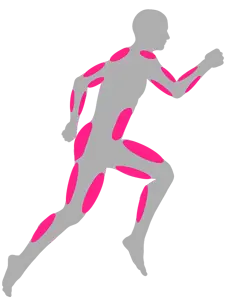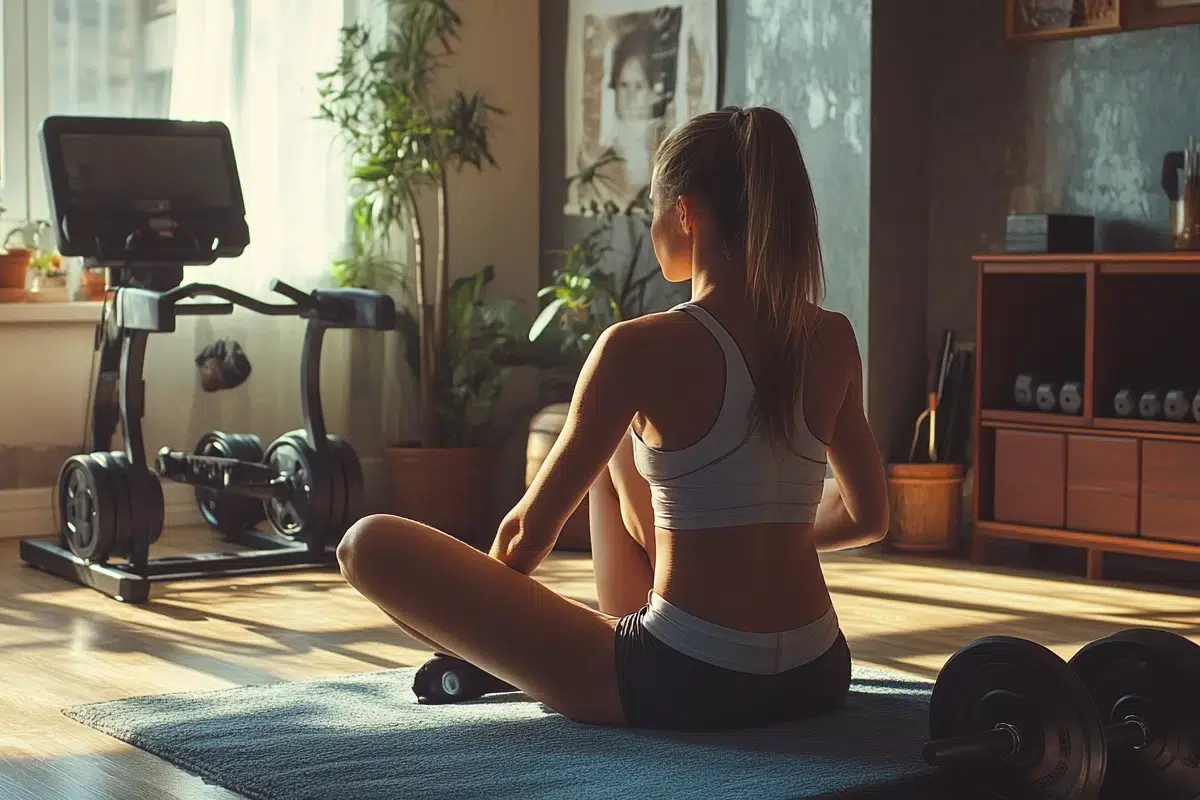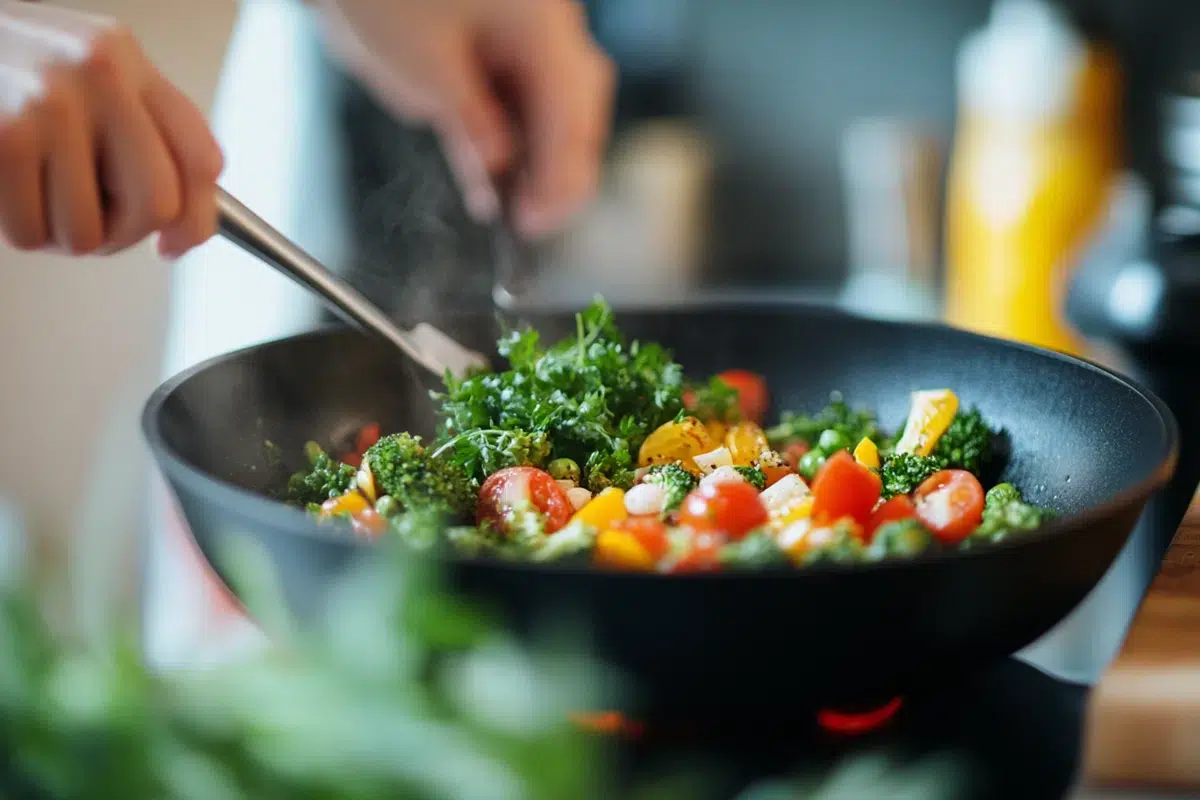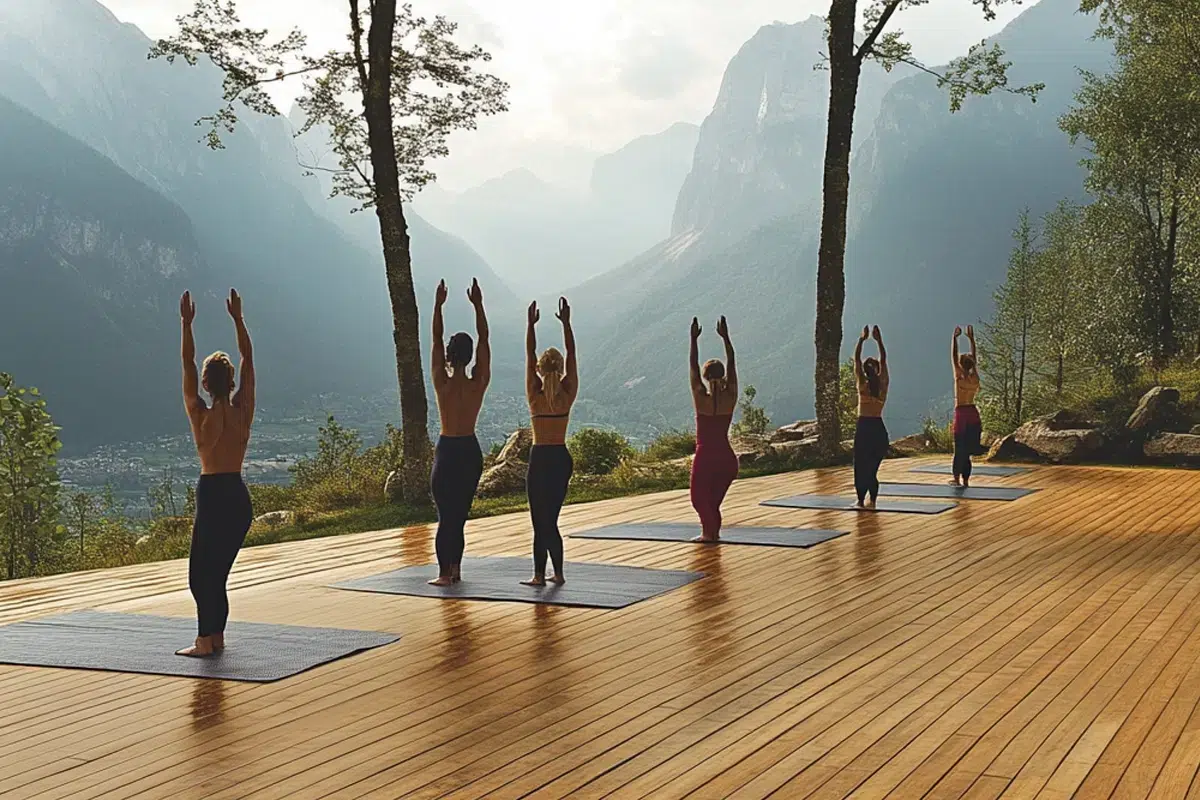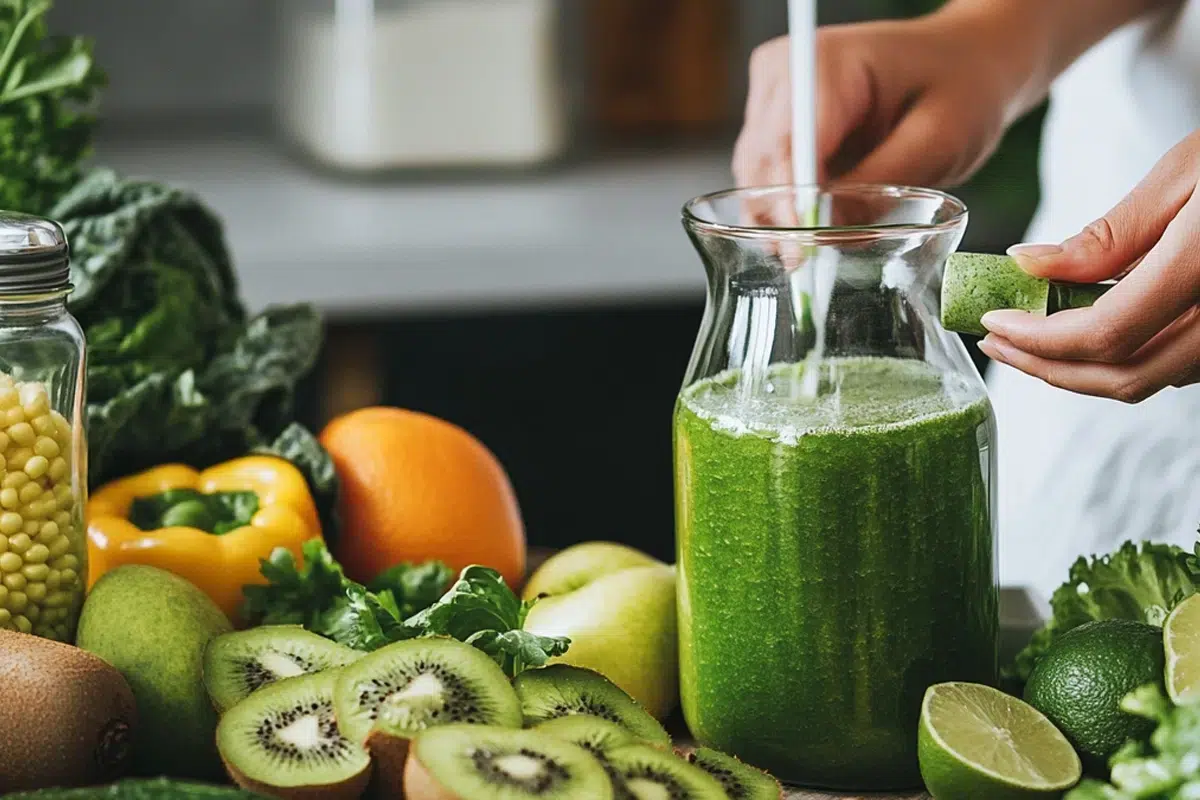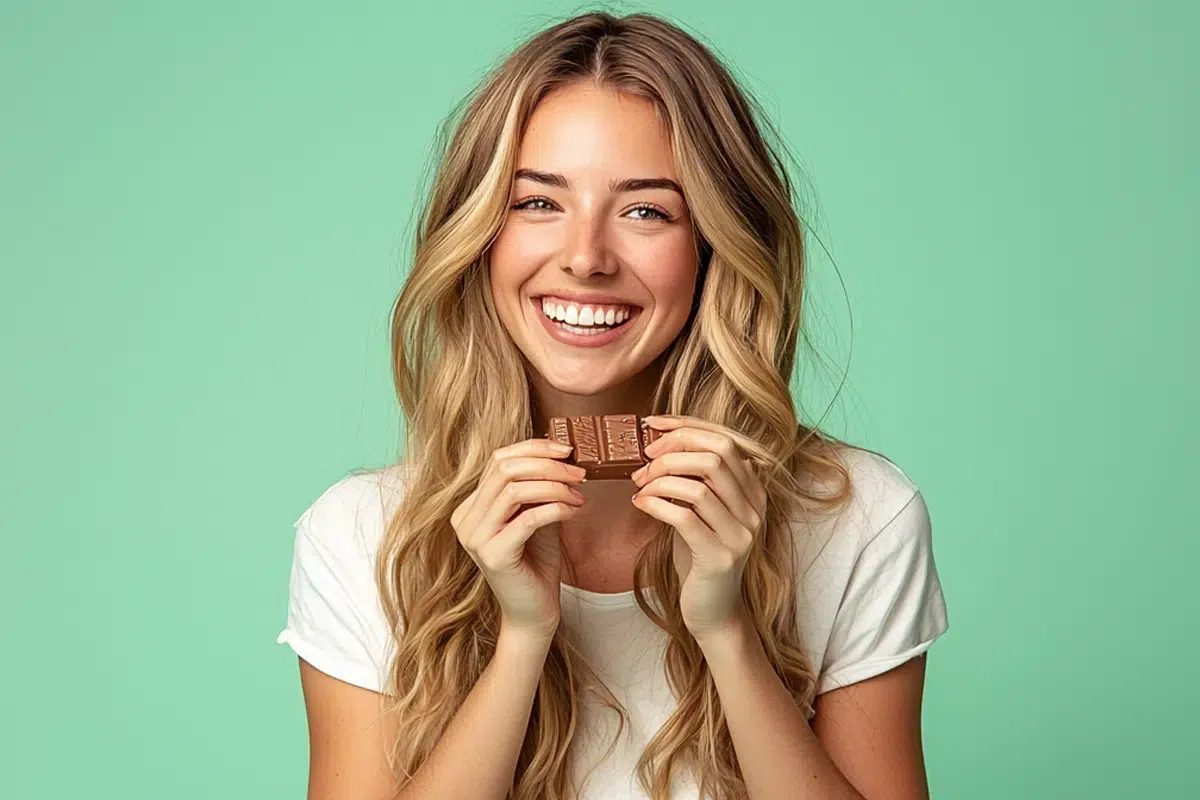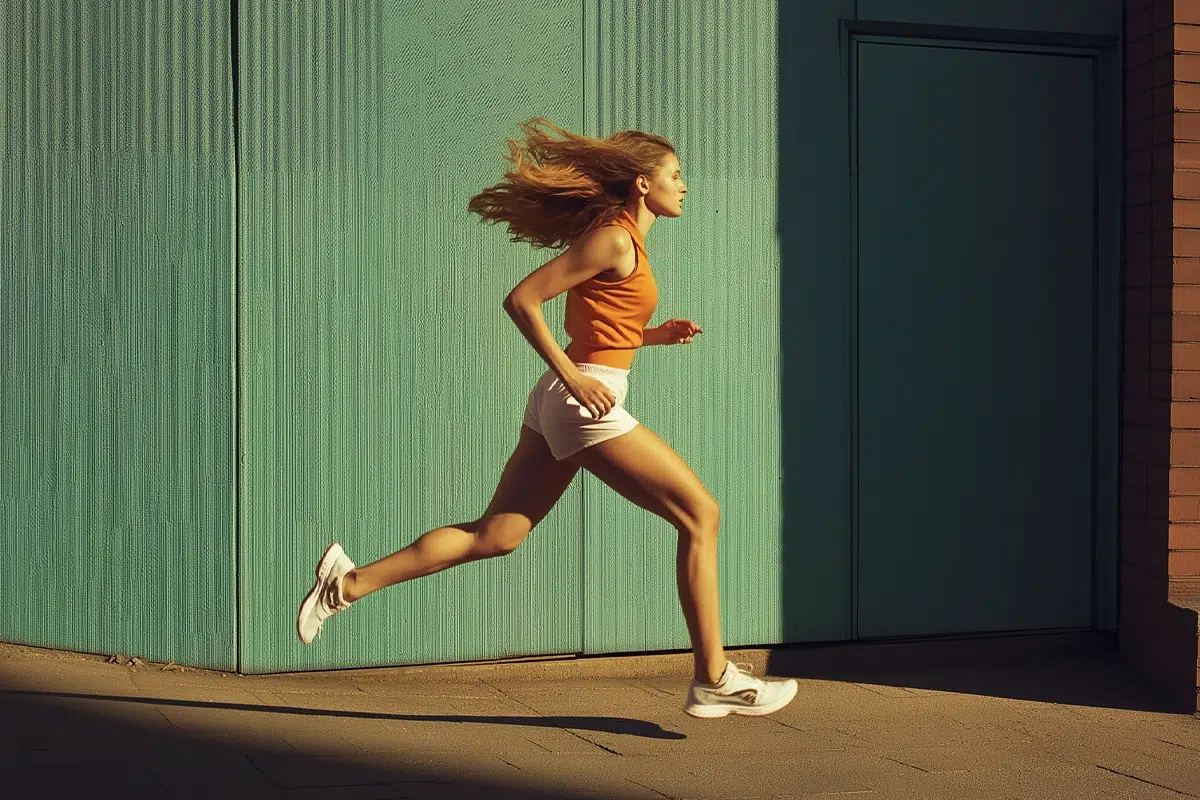Show summary Hide summary
Which muscle group are we activating when kayaking?
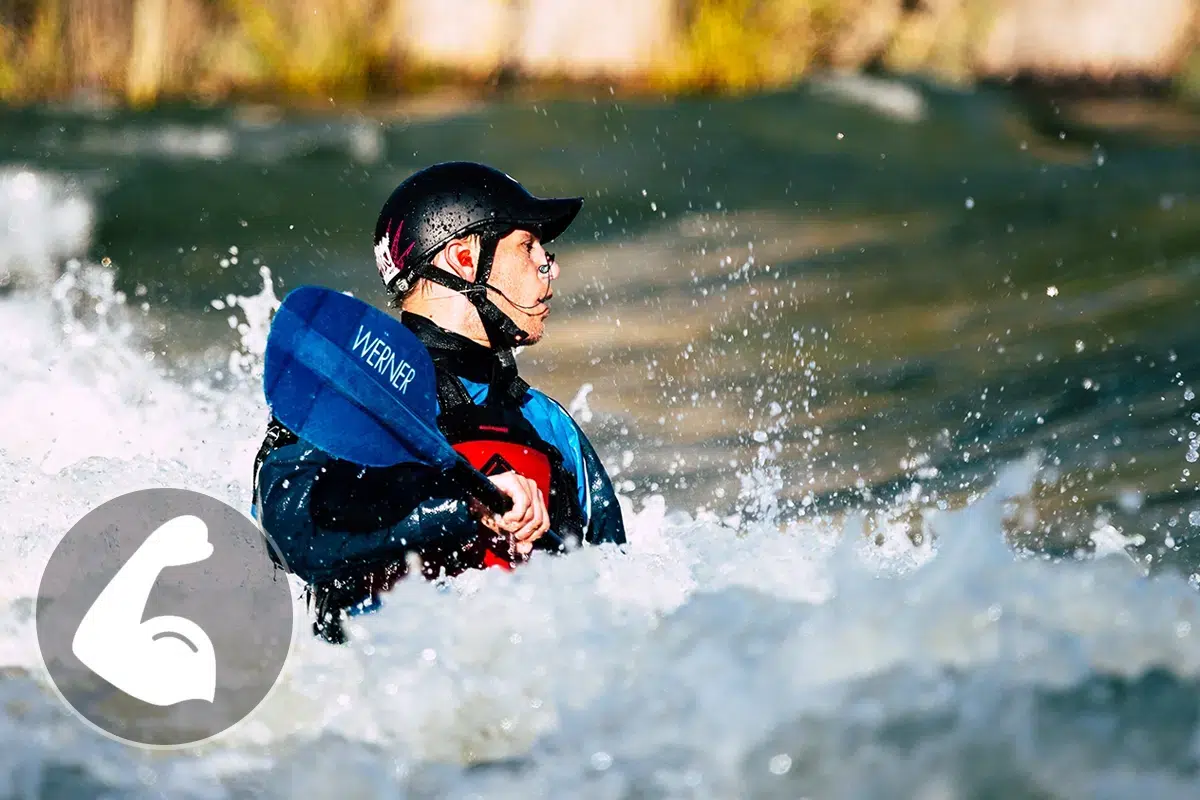
Everything you need to know about kayaking
What muscles does kayaking work? What parts of the body are engaged and toned when kayaking? Use the tool below to see the list of all the body parts that are being used in kayaking!
Kayaking for fitness and strength building
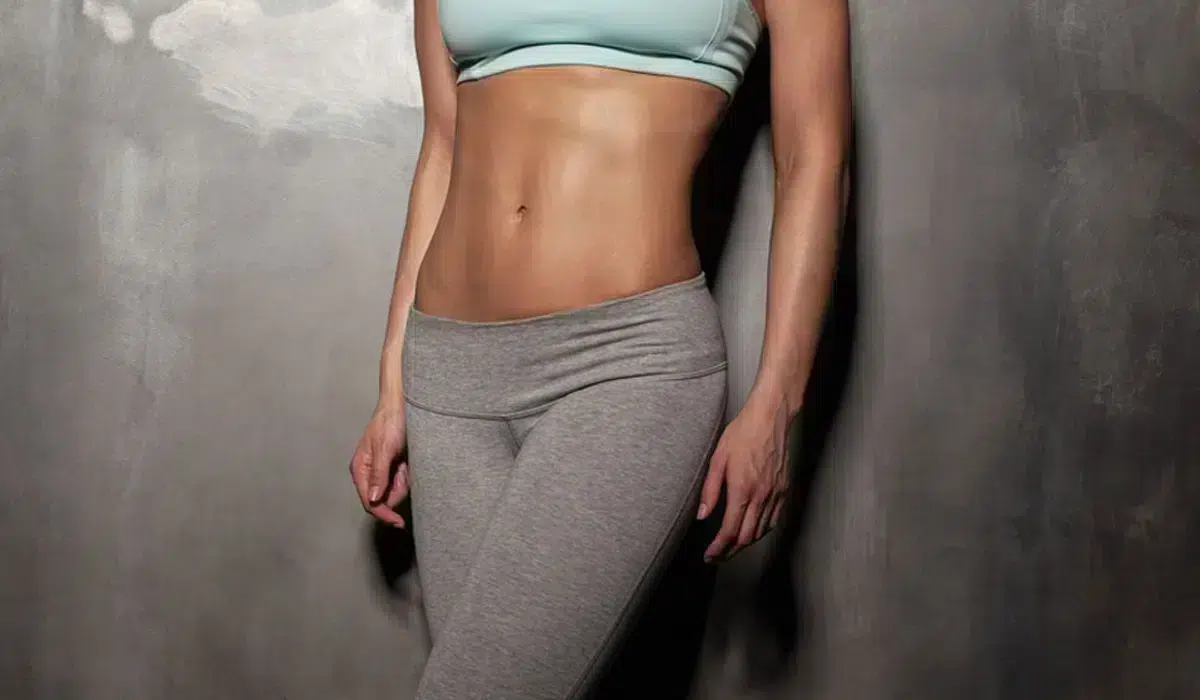
What muscles are we exercising during kayaking?
Depending on the sport you do, certain areas of the body will be worked harder than others, but what about when you kayak? Will you tone and refine your figure by kayaking? Below is a list of the muscles and muscle groups strengthened and sculpted by kayaking!
Upper limbs (shoulders, arms and forearms)
- Shoulder muscles: These are the muscles that link the arm to the rest of the body. They include the muscles of the rotator cuff (subscapularis, infraspinatus, lesser ring, supraspinatus) and the trapezius, deltoid, grand dentle andangular muscles. These muscles provide mobility for the arms and shoulders (rotation, elevation).
- The biceps: These muscles are located on the front of the arm and are surrounded by two joints (scapulohumeral, elbow). The biceps comprise two muscles(long biceps and short biceps) which help flex and rotate the arms.
- The triceps: Located on the inside of the arm, they comprise three muscles (the vastus lateralis, the vastus medialis and the long head of the triceps) which complement the flexor role of the biceps brachii. The triceps allow the forearm to be extended.
Trunk and pelvis (Chest, stomach and back)
- The pectorals : The pectoralis major and pectoralis minor are located in the thorax region and ensure the mobility of the arms and the stability of the shoulder region.
- The abdominal muscles: These are made up of several layers of muscle (rectus abdominis, external oblique, internal oblique, transverse), whose function is to flex and rotate the trunk.
- The muscles of the back: The back groups together more muscles such as the trapezius, the dorsalis major, the rhomboids, the infraspinatus and the round muscle. These muscles play a variety of roles. From the dorsal to the lumbar muscles, they ensure the mobility of the arms and shoulder, maintain posture and protect the spine.
Lower limbs (buttocks, thighs and calves)
Kayaking does very little work on the lower limbs.
Kayaking essentially works the upper body. The use of the paddles, accentuated by the resistance of the water, strengthens the arms, shoulders and back. Alternating paddling movements rotate the trunk, strengthening the abs and obliques.
Other water sports to strengthen your muscles: dive into the world of aquatic sports
Water sports offer an excellent opportunity to strengthen your muscles while staying refreshed. They are perfect for improving cardiovascular fitness, muscle strength, and flexibility, all while being gentle on the joints. Discover these aquatic activities to diversify your training:
- Aquabiking: Strengthen your legs and improve your cardio by pedaling in the water, primarily targeting the quadriceps, hamstrings, and calves.
- Aquagym: Develop strength and flexibility through dynamic water exercises, targeting the entire body, especially the abdominal, back, and leg muscles.
- Scuba diving: Explore underwater environments while enhancing your breathing and relaxation, mainly engaging the respiratory and abdominal muscles.
- Swimming: Increase your endurance and tone your entire body through swimming, working all major muscle groups, including the core and legs.
- Breaststroke: Strengthen your arms and legs with this classic swimming style, targeting the pectoral muscles, triceps, quadriceps, and calves.
- Front crawl: Develop strength and endurance with this fast and efficient swimming stroke, particularly engaging the muscles of the shoulders, arms, core, and legs.
Everything you need to know about kayaking
What muscles are used in different sports?
All sports in detail!




